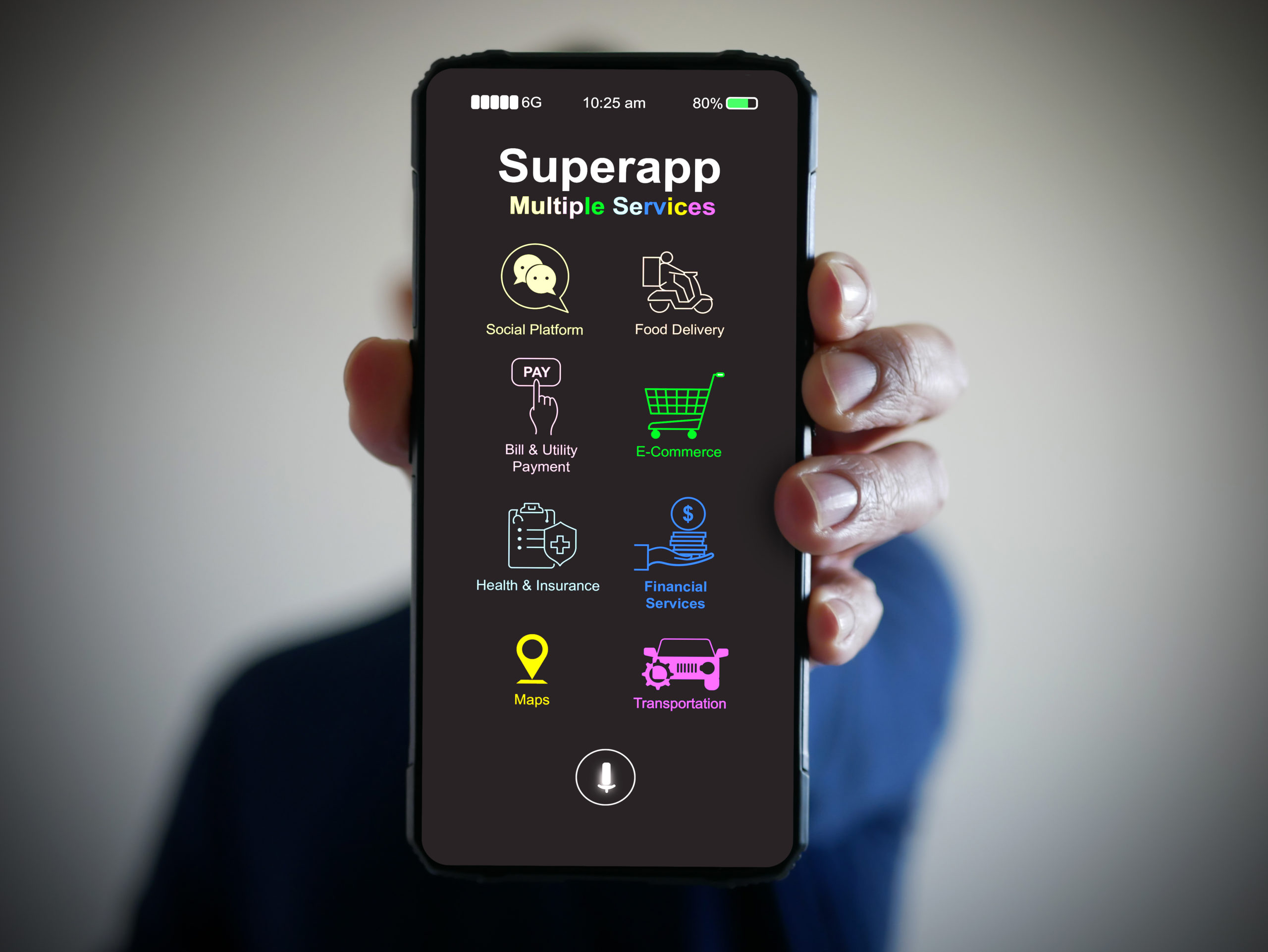On a busy weekday morning, you book a car to get to an onsite meeting. At lunchtime, you order food online, and it arrives within 20 minutes. You need to send a document to your colleague, so you hire an on-demand courier service through your phone and get it done. You access these services — and pay for them — all in one app. This app is an example of a super app.
What is a super app?
A super app may be compared to a Swiss army knife — composed of multifunctional mini-apps that users may use or remove as needed. It is an all-in-one app that provides various services and features within a single ecosystem. One super app may include messaging, social, e-commerce, payment, transport, and more services. Some of the more popular super apps are Grab, Uber, and WeChat.
Evolution of super apps
One of the earliest to experiment with the concept of a super app was WeChat. WeChat started as a chat app. Now, it has grown into a platform that over a billion monthly active subscribers use for anything you can think of social networking, dating, divorcing, e-commerce, financial services, and who knows what more in the future.
Millions of Filipinos use Facebook to network, watch videos, shop, play games, and find love. Likewise, Grab started with one goal in mind, to transport users, but now serves users everything from food to groceries. The simplicity of doing everything in one app attracts users and drives the rise of super apps in the market.
How super apps work
To create a super app, development teams combine modular micro apps in a single ecosystem. The singular platform enables users to access a broad range of services associated with one app, profile, information, and credentials. Apps within a super app share data to implement user authentication, single sign-on, and usage tracking.
Why create a super app
- Convenient. Users access various services they need in different aspects of their life and business without having to switch between apps, maintain different credentials, and separately input their payment information. When an app is easy to use, users are more engaged and loyal to the app.
- Cost-effective. Users of one micro app are more likely to use another micro app launched within the same ecosystem. As a result, brands can grow their customer base while saving money on user acquisition costs.
- New business opportunities. Super apps can serve as a platform for ads, in-app purchases, subscriptions, partnerships, and other forms of monetization.
Evolve with super apps
With the rise of super apps, businesses have the opportunity to innovate services, tap new markets, and open up new revenue channels. A super app needs to be robust, high-performing, and secure to be successful. Stratpoint can help you design the experience, build the architecture, and develop a super app that will take you closer to your audience.
To set a discovery session with Stratpoint, fill out the form below.




